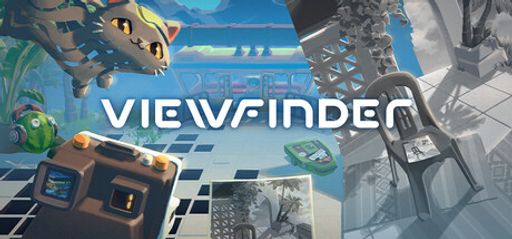When I first heard about Viewfinder, Sad Owl Studios’ mind-bending puzzle adventure, I knew I’d be in for something unique. Released July 18, 2023 under Thunderful Publishing, this single-player experience centers on an instant camera that lets you reshape the world around you. With overwhelmingly positive reviews across the board, I dove in expecting a polished, thought-provoking title. What I found was a striking blend of clever mechanics, arresting visuals, and a few rough edges that kept me on my toes.
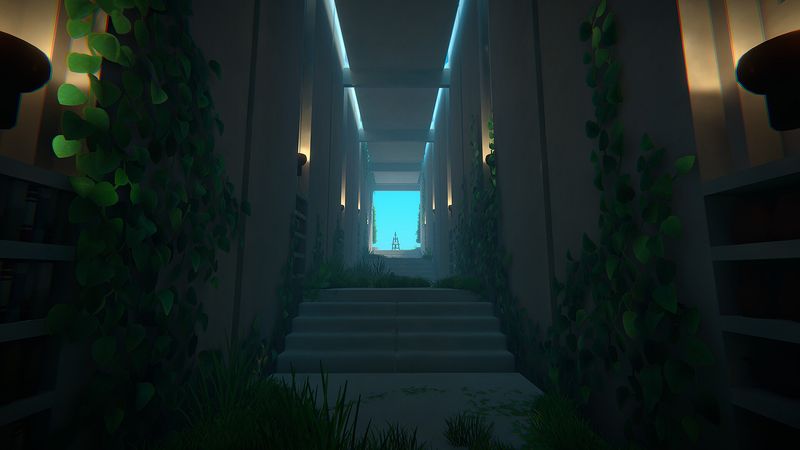
Overall Impressions
From the opening sequence, Viewfinder makes a strong first impression. You’re thrust into a mysterious environment, armed only with an old-school camera. Snap a photo, place it in the world, and watch reality warp to your will. This core idea stands out among other 3D puzzle games, giving me fresh challenges at every turn. The pace is brisk—about four hours to complete the main campaign and another couple hours for optional levels and achievements, as many players have noted.
Still, it isn’t flawless. The voice-over guidance can feel intrusive and patronizing, especially when it telegraphs solutions before you’ve had a chance to explore. A few users suggested muting the voice and subtitles to preserve the sense of discovery. The narrative, which leans into themes of climate change, sometimes struggles to tie meaningfully to the camera-crafting mechanic. Despite these hitches, Viewfinder delivers a tightly woven puzzle journey that’s hard not to admire.
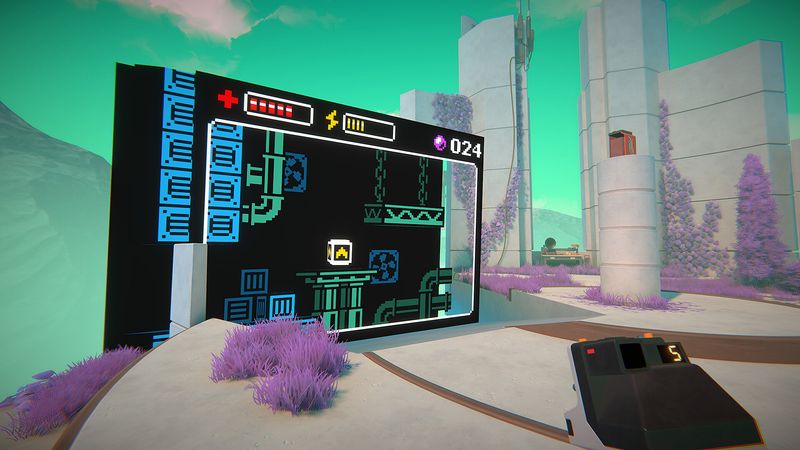
Gameplay Mechanics
At its heart, Viewfinder is all about perspective. You snap a flat photograph, then slot it into the 3D world to build bridges, staircases, and platforms. This “photocopy and place” method feels instantly gratifying. As a hardcore gamer, I appreciate when a simple concept unfurls into deep complexity—and Viewfinder rarely disappoints. Early puzzles ease you in, but by the midgame, you’re juggling multiple photos, rewinds, and tinted filters to solve layered challenges.
Standout moment: in one chapter, I had to photograph a broken archway, reinsert it at a tilted angle, then use a tilted downward shot to form a ramp. It took me several attempts, but overcoming that triumph cemented the game’s clever design. On the flip side, some puzzles rely heavily on trial and error due to unclear visual cues. A few players expressed frustration that the game sometimes feels more like a simulation template than a narrative-driven experience. I found that pausing to observe the environment closely usually cleared up confusion—but I can see why some gamers might feel lost.
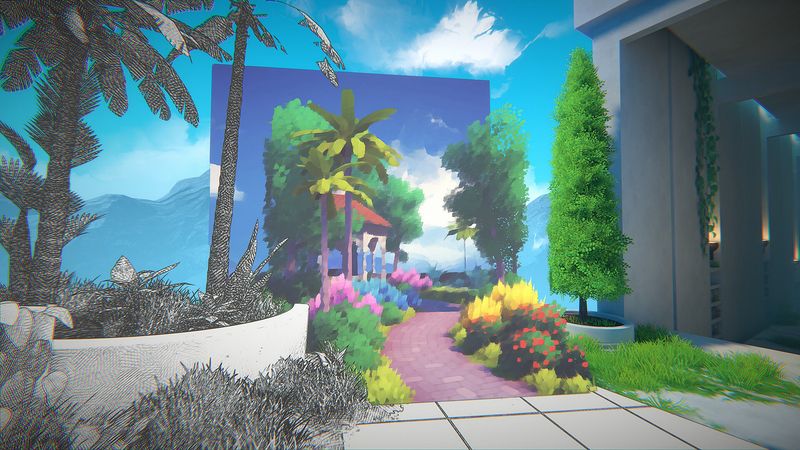
Story and Characters
Viewfinder’s story unfolds in scraps of audio logs and environmental clues. You play as a lone explorer uncovering a deserted facility and its experiments on memory, perception, and… climate change. The theme hints at a broader message about humanity’s impact on nature, but connections to the camera mechanic remain subtle. I admired the ambition: Sad Owl Studios isn’t content with brainteasers alone—they want to provoke thought.
That said, character work is minimal. The narrator’s voice tries to fill that gap, but many players (myself included) find the tone overly didactic. At one point, the guide announces, “You need three batteries,” before I’d even seen the first one. Moments like that felt more irritating than helpful. If Sad Owl adds a voice toggle in a future patch, the experience will improve dramatically. Until then, I recommend muting spoken hints and relying on visual storytelling instead.
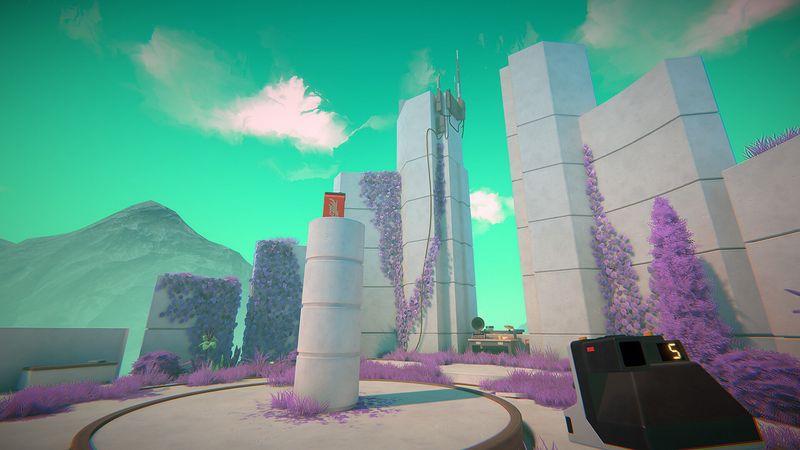
Visuals and Graphics
Artistically, Viewfinder is a triumph. The game uses a crisp, low-poly style with realistic lighting and detailed textures. Every photograph you take instantly snaps into the world with convincing depth and shading. The environments range from sterile labs to overgrown ruins, each space carrying its own mood. My favorite setting was a sunlit hall where vines crawl over broken equipment. Slotting my photos into the scene felt like playing God with LEGO bricks—utterly satisfying.
Behind the scenes, Sad Owl Studios reportedly started as a two-person student project at a Scottish university. They’ve since expanded, yet they’ve retained that indie spark. The Unity engine handles these shifts in scale seamlessly, and occasional frame dips are rare. Overall, the visuals not only serve the puzzles but also craft an immersive, sometimes haunting atmosphere.
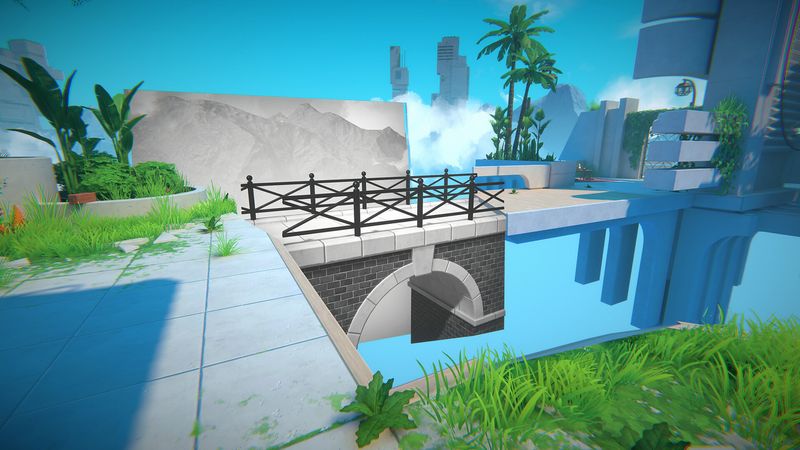
Sound and Music
Composer Matt Hales delivers a sparse but effective soundtrack. Soft piano motifs and subtle synth tones match the game’s contemplative vibe. When you place a photo, a gentle whoosh punctuates the action, reinforcing that moment of creation. Sound effects for snapping the camera and rewinding time feel weighty enough to matter without becoming repetitive.
The one major drawback is the voice acting. Several players have called it “horrendous” and “patronizing,” and I must agree. The narrator’s lines are well-intended but poorly delivered. There’s no in-game option to mute or adjust this voice separately, which feels like an oversight—especially after more than a year of community feedback. I hope the developers add a voice toggle soon; otherwise I recommend playing with subtitles off and ambient sounds on.
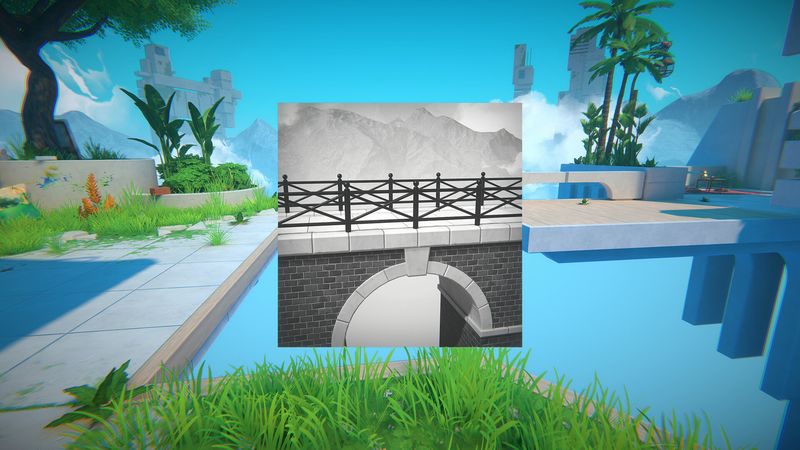
Difficulty and Replayability
Viewfinder strikes a nice balance between accessibility and challenge. As a puzzle veteran, I found the difficulty curve fair. Younger or less experienced players may need hints, but there’s no official hint system beyond the narrator’s tips. For those seeking extra depth, the optional levels ramp up the complexity significantly. I spent about two additional hours chasing achievement milestones and uncovering every hidden photo spot.
Once you’ve beaten it, you may not return to the main campaign—these puzzles are one-and-done by nature. However, speedrunners and puzzle enthusiasts will find reason to revisit individual levels, experimenting with alternate solutions and time-saving techniques. On community boards, I’ve already seen players sharing creative workarounds that bend the rules in new ways. That level of engagement speaks to Viewfinder’s lasting appeal.

Final Thoughts
Viewfinder earns high marks for innovation, visual flair, and thoughtful puzzle design. It stumbles in voice acting and narrative cohesion, but these issues don’t overshadow the joy of transforming a flat snapshot into a walkable reality. If you crave mind-stretching puzzles and don’t mind muting the narrator, Sad Owl Studios has delivered an experience worth your time. I look forward to future updates and hope they refine that spoken guidance—because when this game is at its best, it feels nothing short of magical.
Rating: 4 out of 5 Stars

